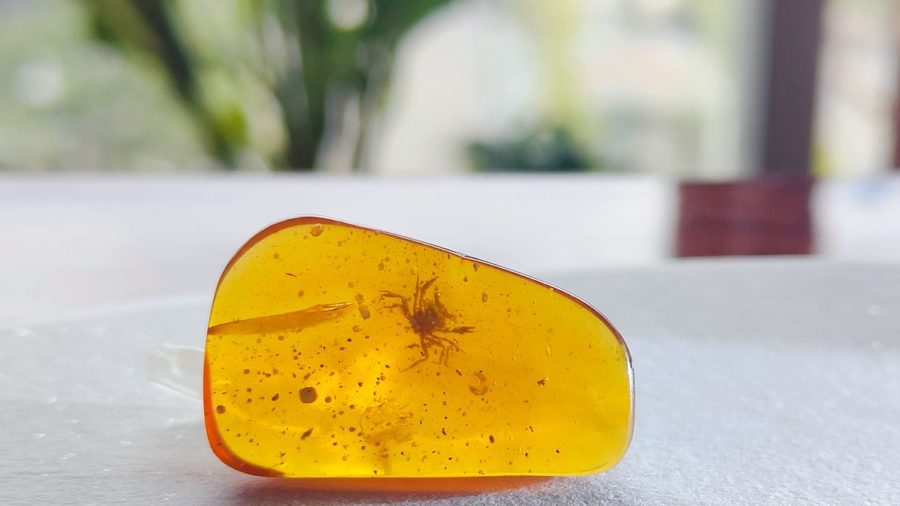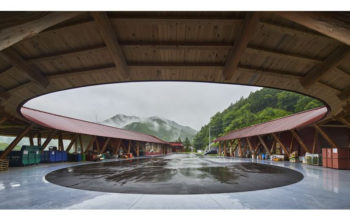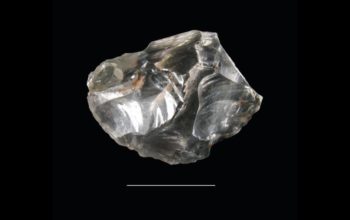‘This is a big moment for crabs’: 100-million-year old fossil in amber alters crustacean past–
The following written content written by Scott Gleeson

Fossils of the earliest “modern-looking” crabs were discovered in tree amber, estimated by scientists to date back 100 million years – the most complete crustacean fossil ever preserved in amber.
According to a study published Wednesday in the journal Science Advances, the discovery rewrites crustacean history, providing evidence that the miniaturized crabs (they’re half the size of a thumbnail) may have briefly left their marine homes to climb a tree back during the Cretaceous period.
The amber was originally discovered by miners in the Southeast Asian jungle in 2015 after lying untouched for millions of years.
“This is a big moment for crabs,” Javier Luque, a Harvard paleontologist and co-author of the study, said in a press release. The study was a collaboration between Harvard and the China University of Geosciences.
“The diversity of form among crabs is captivating the imagination of the scientific and non-scientific public alike, and right now people are excited to learn more about such a fascinating group that are not dinosaurs.”

Luque added that the fossil “includes delicate tissues like antennae, mouthparts lined with fine hairs, large compound eyes, and even the gills.”
The ancient crustacean was named Cretapsara anthanata, and its discovery is meaningful in the evolution of crabs because earlier fossils have indicated crabs started to crawl out of the water 50 million to 75 million years ago. But the discovery of cretapsara means land-moving crabs could’ve migrated out of water as far back as 125 million years ago.
“If we were to reconstruct the crab tree of life – putting together a genealogical family tree – and do some molecular DNA analysis, the prediction is that nonmarine crabs split from their marine ancestors more than 125 million years ago,” Luque said. “But there’s a problem because the actual fossil record – the one that we can touch – is way young at 75 to 50 million years old. … Read more from Yahoo! News.





